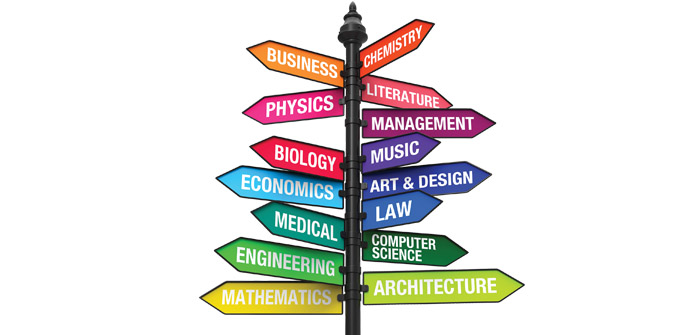For any business to efficiently and effectively establish itself in a market and grow, its effort must be focused. That focus is based on a clear understanding of how to create, communicate and deliver value to a target customer.
For a business to build and maintain a competitive advantage it must concentrate not only on its product, but more importantly on what customer finds value in which features. “Different customers buy different kinds of value. You can’t hope to be best in all (value) dimensions, so you choose your customers and narrow your value focus”. 3 The authors of The Discipline of Market Leaders identify three dimensions on which customers might value your product – value package – to a competitor’s. These dimensions are “Best Product,” “Best Price” and “Best Solution”.
Best product The customer who focuses on this value dimension is driven by the advantage that a technology driven product will provide. The business that pursues this competitive advantage, whether retail, service or manufacturing, grows its market through the application of technology. This business does not rest on its successes though. It constantly looks for new and unique value to offer, constantly avoiding the competitive battle that comes with letting their offering become commonplace.
A service industry example of this that I have suggested for years to landscape contractors is the use of aerial photos. With an aerial photo as part of an initial landscaping proposal, a contractor can quickly identify on the prospects property structures and trees that through shade and other factors impact planting options. With these photos available in photographer libraries and on-line for little or no cost, why not show up with research edge that this technology provides. And then follow up with other technology that takes chance out of the investment in landscaping.
Best solution Many customers are more focused on a solution to a problem than a product. When a business identifies satisfying this customer value as their objective, the identification, acquisition and retention of this long term client becomes their core process. Through solution development, this business grows its market by focusing on revenue per client and maximizing its share of the client’s wallet.
Another suggestion that I have also shared for years involves a retail example. A retail florist in class complained about his never ending competitive marketing pressures. This seemed odd to me since he had access to information regarding his existing clients that should give him a competitive advantage – name, address, phone and dates to be remembered. With a little prodding he started getting and organizing all of the necessary information from clients to develop an out-bound calling program to solicit floral orders. Now, in a business where inventory perishability is critical, more than 80 percent of his product order is pre-sold and more than 50 percent of all orders include add-on purchases of other gift items he now stocks. I have repeated this story for thirty years and not even my regular florist has copied this florist’s success at retaining and growing per-client revenue.
Best price Without pursuit of either of these strategies, many businesses assume the best price strategy by default. To effectively execute this strategy a business must constantly review the efficiency and effectiveness of its production, delivery and service processes, and the profitability of transactions by product, project and client. This is only an effective strategy if attention is given to continuous improvement.
I watched a small machine tool business launch with this strategy. Their primary product was a replacement part for copiers. This part had a high failure rate, a high OEM part price, and an identifiable distribution channel. To meet growing demand and price pressures, the business was always looking to the newest technology in equipment to produce the product in increasing quantities at lower cost. And then, as might have been guessed, the manufacturer addressed that part’s failure rate in later models and the businesses market shrank rapidly. Fortunately, the management monitored product profitability and had developed other product to take it’s place. The best price strategy is a high risk strategy if management does not monitor profitability and accept but minimize occasional short term losses.
Ken Atwell is an Assistant Professor of Business at COCC and principal in Venture Consulting




